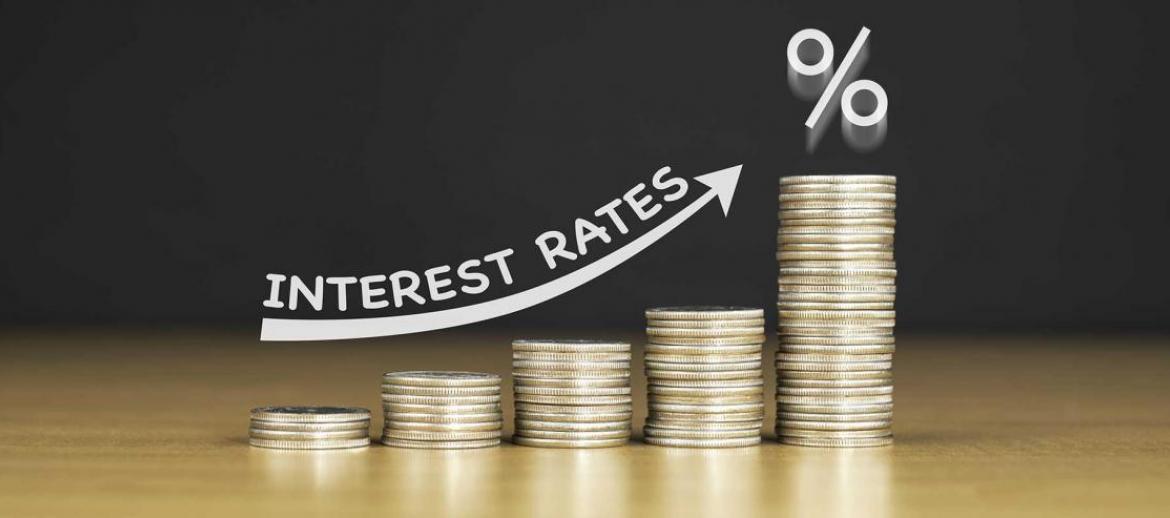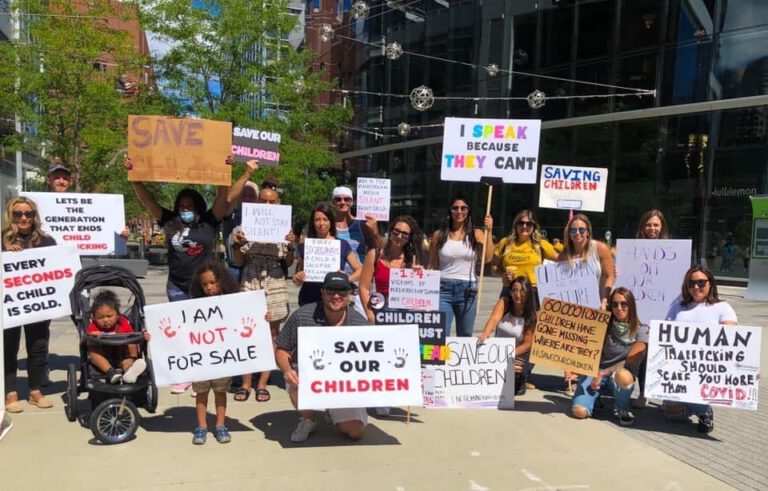What’s the deal with interest rates?
WHEN the Fed began raising interest rates to fight back against inflation in March of 2022, nobody expected that we’d still be fighting 18 months later. While the Fed has slowed the pace of rate hikes recently, signaling that we are near the end of the current cycle, the job still isn’t done. Despite the most recent inflation reports showing a rate of just over 3% (vs 8.5% one year ago), the Fed’s target of 2% is still sought after. Simply put – the reasons for the rising rate momentum are apparent and ongoing. Decades-high inflation required decades-high rates to fix – check that off the list.
One of the expected side effects of a rate hiking cycle was the possibility that we would be faced with an economic recession in 2023. While the pace and level of rate hikes has strangled the economy to a degree, we haven’t seen the expected results to warranty a stop in the rate hiking cycle. Things like higher unemployment, reduced hiring, slowing wage growth, and a slowdown in job creation haven’t materialized yet. There has even been talk of avoiding a recession altogether, which would solidify the possibility of a “soft landing” for the economy.
Why is a weaker economy better for rates? Once the signs of a slowing economy become apparent, the Fed can use the same tool (changing rates) to spur up economic activity. Lower rates from the Fed make lending and borrowing a bit easier, whether it’s for auto loans, credit cards, personal loans, or even mortgages.
IS it a good time to buy?
With mortgage rates sitting above 7%, we have seen a dramatic slowdown in the real estate market nationwide. However, for some parts of the country (the Northeast, specifically), demand has still outweighed supply even though both are far below historically average levels. We are seeing continued appreciation in prices, resulting in multiple offers on homes and even waived contingencies to make an offer more attractive to a seller.
Many would-be home sellers are sitting comfortably with sub 4% interest rates (almost 25% of current homeowners have a rate under 3%). Even if they wanted to sell their home, they are faced with trading their 4% rate for a 7% rate… not to mention the hurdle of low inventory.
But – this is likely the BEST time to be a buyer, and here’s why:
Many potential home buyers have put themselves on the sidelines waiting for better rates. That means there is less competition overall and more opportunities for buyers that are willing to stay in the market. Once rates come down, demand will pick up dramatically. For every 1% drop-in rates, it is estimated that 5 million new or returning home buyers enter the market. Given the shortfall of supply, this will more than likely result in a more dramatic increase in property values (think 2020 and 2021 where we saw near 20% appreciation in home values) thanks to the limited level of supply.
Buying a home with a 7% interest rate might seem uncomfortable, but what if prices increase by 10% and rates decrease by 1% at the same time? Does that make things better or worse? Some would argue that is a better situation, but let’s play it out with an example:
A $500,000 home with 5% down at today’s interest rate (7%) results in a monthly payment of $3,160 per month (principal and interest only, not including property taxes, homeowners insurance, mortgage insurance, HOA fees, etc). Assuming a 10% increase in value and 1% decrease in rates in the future, we have a $550k home with 5% down and a rate of 6%… this payment is $3,133 (again excluding taxes, insurance, mortgage insurance, HOA fees, etc). A total of $27 less per month, which is great, BUT the buyer missed out on $50k worth of appreciation, and likely took themselves out of the market for an extended period of time, all to save what amounts to less than 2 Grande Americano’s from Starbucks per week.
Affordability is the key at this point – if the payment is affordable (even if it’s a little uncomfortable), buy the home. The rate can always be refinanced lower… and buying at today’s prices will no doubt result in an increase in equity (and personal net worth) once the market is flooded with new buyers and home price appreciation takes off once again.
***

Anthony Lapolla is a seasoned mortgage lender with over a decade’s experience in qualifying his clients at their best rates during real estate purchases. He and his team have built a foundation throughout Boston and its surrounding areas around integrity and transparency that feels like “home” the moment you meet him. Anthony and is wife Meaghan have been married for 6 years, live in Peabody and recently welcomed their first child in the summer of ’22!












